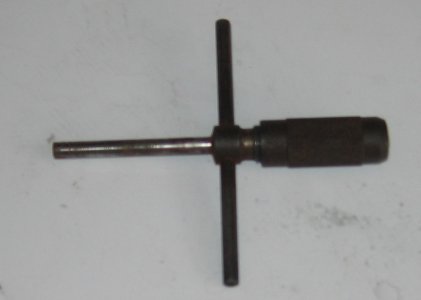- Joined
- Nov 14, 2016
- Messages
- 3,289
I couldn't find anything in the parts lists and diagrams about there being different leadscrews, hence my question, but I find it hard to believe it wouldn't be "plug and play" since the QCGB was an add-on option.
I guess I'll find out!
EDIT: I tried searching for that thread and couldn't find it. Let me know if you find it.
Disregard, I tried to look for it and I am combining your post from earlier this year looking at this option with another post where someone was making a similar conversion to a Logan.
This also now explains to me why throughout your Enco thread I had this thought of didn't he convert his lathe to a QCGB? Why is he looking for another lathe, guess it must have been someone else who did that.

